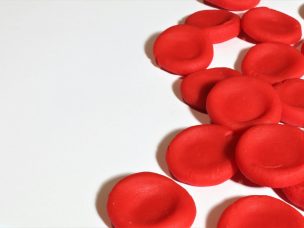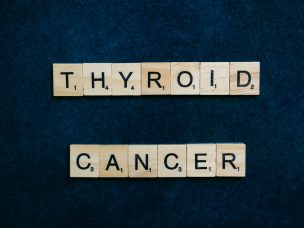FRIDAY, Feb. 26, 2021 (HealthDay News) — Patients with kidney failure who receive a kidney transplant, including those with sickle cell disease, have lower mortality, according to a study published online Feb. 25 in the Clinical Journal of the American Society of Nephrology.
Sunjae Bae, K.M.D., M.P.H., from the Johns Hopkins School of Medicine in Baltimore, and colleagues studied all adults with kidney failure who began maintenance dialysis or were added to the kidney transplant wait list in 1998 to 2017. The absolute risk difference and hazard ratio for mortality were measured in matched pairs of transplant recipients versus wait-listed candidates in groups of patients with kidney failure associated with sickle cell disease and kidney failure due to other etiologies (controls).
The researchers found that 189 sickle cell and 220,251 control transplant recipients showed significantly lower mortality compared with their matched wait-listed candidates. At 10-year posttransplant, the absolute risk difference was 20.3 and 19.8 percent in the sickle cell and control groups, respectively. The sickle cell and control groups had similar hazard ratios (0.57 and 0.54, respectively). However, compared with controls, the sickle cell group was less likely to receive transplantation (subdistribution hazard ratio, 0.73). Among wait-listed candidates, similar disparities were observed (subdistribution hazard ratio, 0.62).
“We must do a better job of improving access to transplantation for patients with sickle cell disease,” a coauthor said in a statement. “Our research study, which uses our national registry of all patients, demonstrates better survival with transplant for these patients. We must eliminate disparities in access to this life-saving procedure.”
One author disclosed financial ties to Global Blood Therapeutics, Ironwood, Novartis, Pfizer, and Shire.










